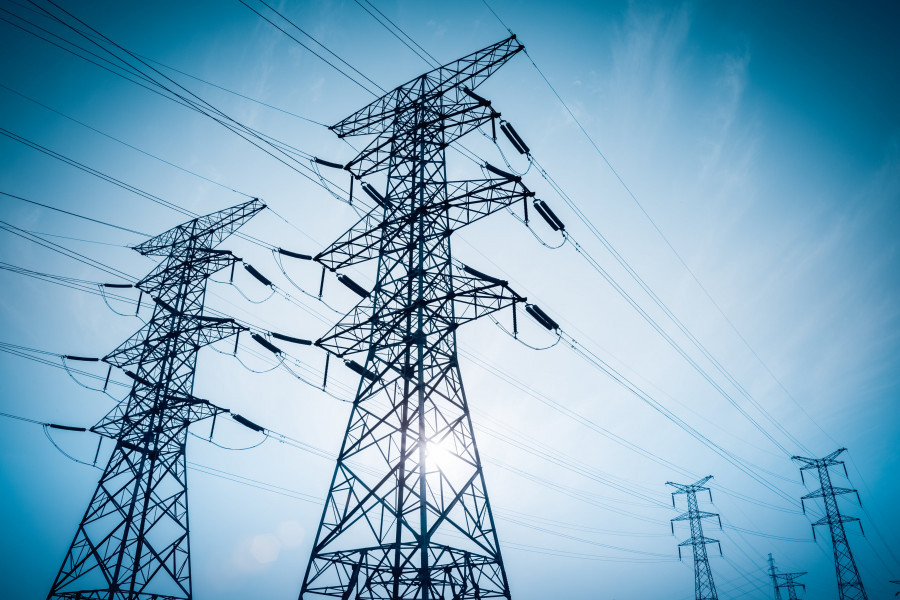Editorial
Stemming electricity leakage
It is time we concentrated on fixing the ailing infrastructure at home.
The vulnerabilities inherent in power distribution have once again become visible in recent months. Electricity leakage, which plagues a large part of the distribution system and causes heavy financial losses to the Nepal Electricity Authority (NEA), has again shown a slight increase. The level of leakage, which rose from 14.2 percent in mid-March to 14.89 percent in mid-May, does not seem to be alarming at the moment. The figure is significantly down from 17.8 percent in 2020, but there is no room for complacency. The two main reasons for power leakages stem primarily from theft and a low-quality distribution system.
While the generation and transmission systems adopted by the NEA are of international standard, the same measures have not been applied in the distribution system. We are still dependent on ailing transformers which haven’t been upgraded perhaps for decades. An increase in power generation will undoubtedly push up consumption, and if the distribution system is not improved, it could lead to unfettered access to unscrupulous consumers. With the summer season in full swing, there is a marked increase in electricity consumption and a corresponding rise in power theft by illegally tapping into the main power supply.
The measures to contain leakages are right before us. There needs to be a substantial improvement in the existing infrastructure, such as replacing obsolete transformers and replacing old wooden poles with modern infrastructure. At the same time, another measure that has come to light is creating an underground cable network. The NEA on Friday announced that it had taken initiatives to completely do away with electric poles from Kathmandu Valley and create an underground cable network to modernise the existing infrastructure. Putting power lines underground would undoubtedly reduce the incidence of theft, and a more stable supply of electricity would address safety issues.
It has not been long since the days of abject darkness induced by long hours of load-shedding. The struggles people had to endure due to lack of electricity and cooking gas shortage have been etched in their memory. Despite the NEA’s ability to stabilise electricity supply, the looming threat of an energy crisis still rings clear in people’s minds. And despite gains made in exporting electricity to a power-hungry southern neighbour, Nepal still relies on imports from India, especially in the winter months. But things do look bright in the long term for Nepal as we become more reliant on our ability to generate more electricity.
With the future looking more promising, it is time we concentrated on fixing the ailing infrastructure at home. As the world is poised to shift from its reliance on fossil fuel to renewable sources, Nepal will undoubtedly stand to benefit if we play our cards right. The abundance of energy in the form of electricity alone would aid significantly in turning the economic tide in Nepal’s favour.




 16.12°C Kathmandu
16.12°C Kathmandu














